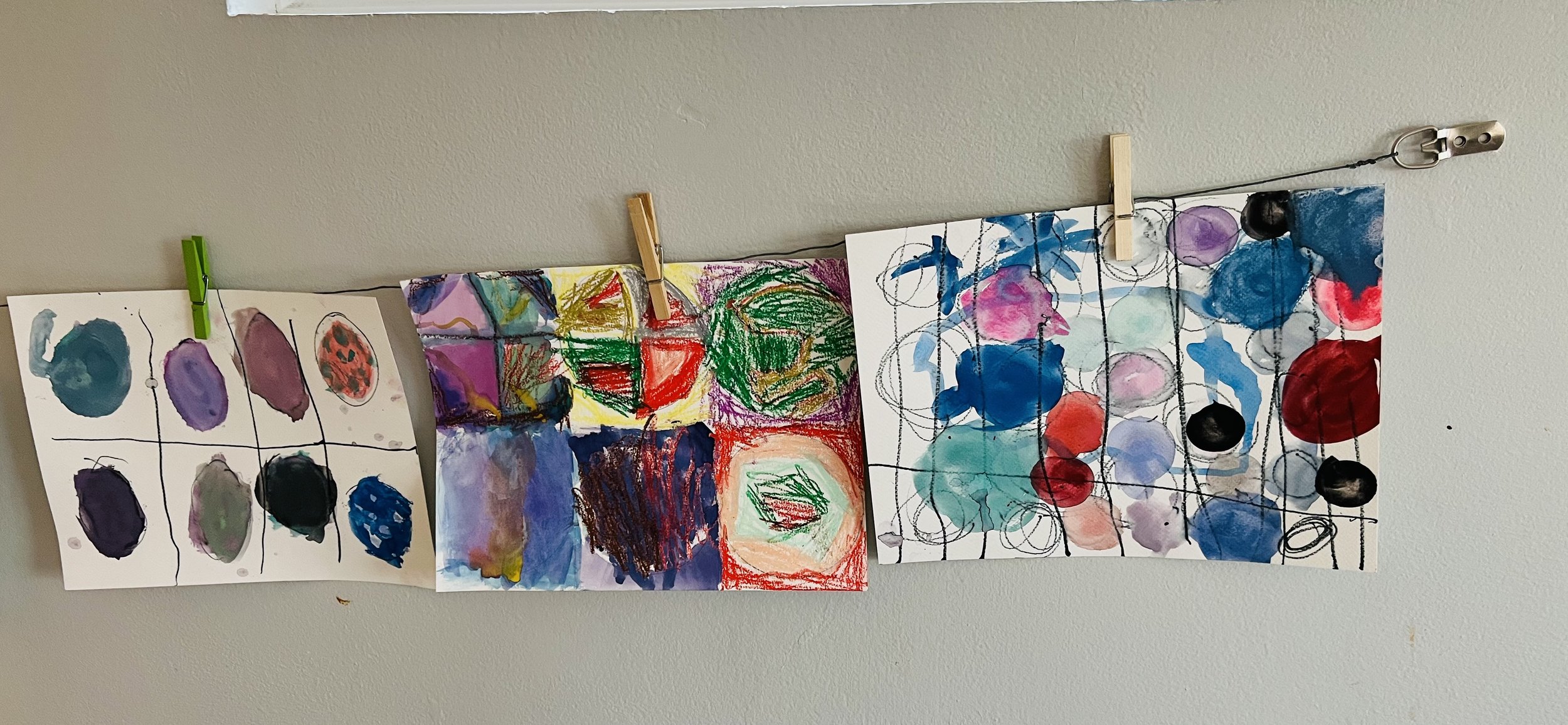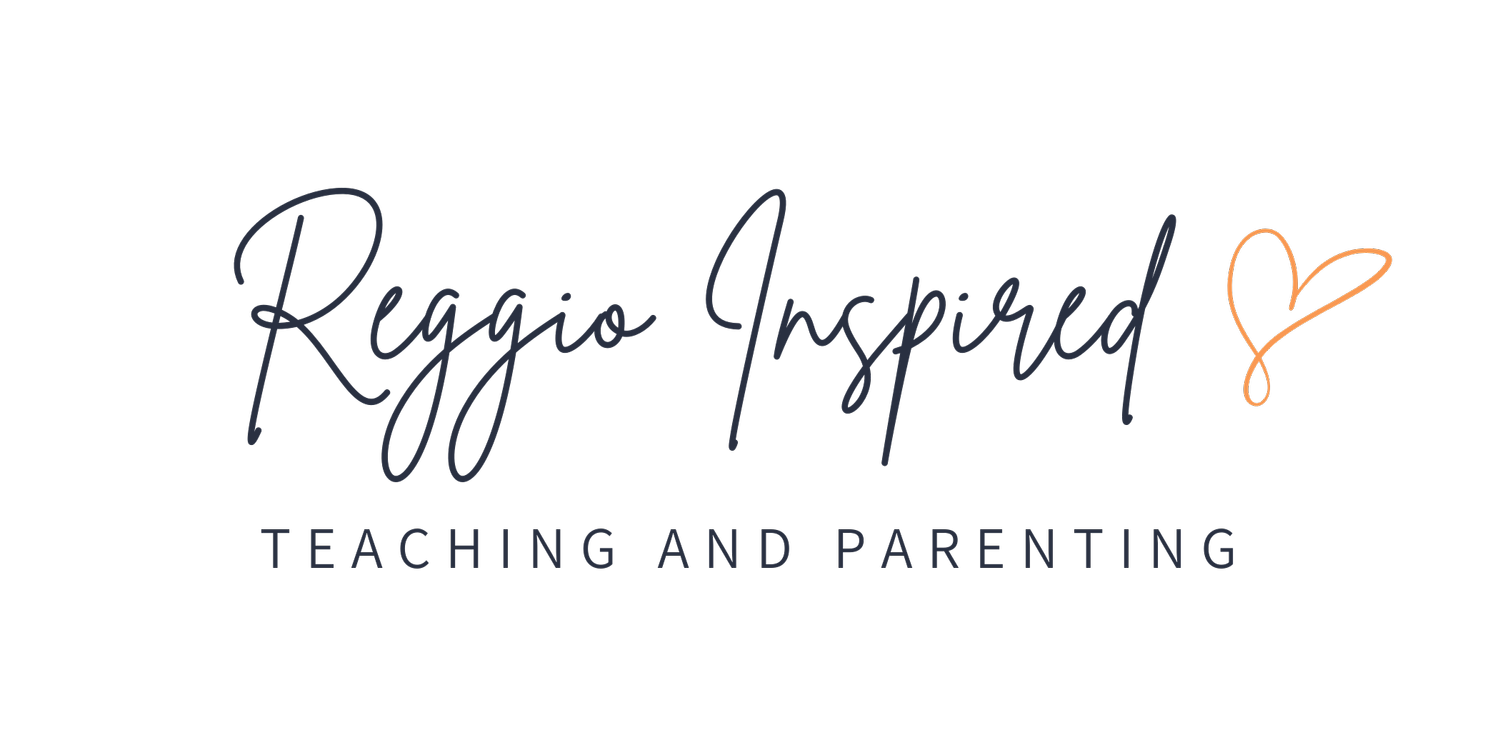'Environment as the Third Teacher'
“In order to act as an educator for the child, the environment has to be flexible: it must undergo frequent modification by the children and teachers in order to remain up-to-date and responsive to their needs to be protagonists in constructing their knowledge.” - Lella Gandini
The ‘Environment as a Third Teacher’ plays a foundational role in the Reggio-Inspired philosophy. Natural light, order, and aesthetics are key elements used to create beautiful environments to inspire children. Children are provided with authentic materials and tools to convey that they are capable and competent. The classroom environment both inside and outside are ever-evolving and changing to encourage children to explore their interests. These inspired spaces encourage exploration, communication, and collaboration for both the children and the teachers. ‘Environment as a Third Teacher’ is flexible and specific to the child or group of children in the class. The environment will reflect what the parent/child and teachers/children are interested in, focused on, and learning about. Reggio uses nature as a model and guide to create these captivating spaces for children and adults.
Environment Reflecting Values
As you plan your environment for children, you can reflect on your own values and decide how to bring those values alive in your classroom. For example, educators might value children having a connection to their own homes. This can be represented in their classroom by displaying pictures of the children with their families or having a warm, home-like feel in their classroom. Or teachers might value independence and provide materials at their level so they have access to them and have a choice of materials. If the teacher believes it is the right of the child/children to challenge their bodies and take risks, they would provide opportunities for physical activity in both their inside and outside environments. Lastly, if the teacher has a strong belief that children have the right to explore nature and natural elements, they would provide ample time for them to be outside and also bring natural materials inside for exploration. There are many values that educators can make visible in early childhood environments and here are more examples:
Values for Children
Cozy - The classroom has a home-like feel.
Connection to Home - Having items in the classroom that connect children to their homes and families.
Physically Challenging - Having spaces both inside and outside to challenge their bodies and take physical risks.
Skilled Learner - The child sees oneself as a skilled learner
Independence - Children being empowered by having a choice of materials and placed at their level.
Positive Relationships - Creating an environment where positive relationships are encouraged.
Values for Adults
It is also important to think about the values of adults in the environment. You can ask yourself, what kind of environment do I want to work in? What kind of environment inspires me as a teacher? Here are some examples of values for adults:
Aesthetics - Working in an inspiring classroom that is free of clutter, feels welcoming, and is beautiful.
Time - Having time to reflect and document what is happening in the classroom.
Professional Development - Ability to learn new things and pursue your interests.
Respect - Feeling respected and valued as their teacher.
Relationships - Being a part of a community and having strong relationships with children and families.
Collaboration - Working with a team that listens to ideas and is flexible.
Comfort - Rethinking the furniture choices that includes comfortable seating for adults too.



For more information about light and shadow, provocations, the Environment as the Third Teacher, documentation, and more…you can download our Reggio-Inspired Teacher Playbook. We created this Reggio Playbook to make it easier and more enjoyable for you to explore and use the Reggio Emilia concepts. We share ideas and practical advice on how to implement this philosophy in your Reggio classroom.
About the Authors:
Megan Haynes and Priscilla Patti are two highly experienced and qualified early childhood educators who are passionate about teaching in a Reggio inspired way. The authors share firsthand accounts of their experiences utilizing the Reggio Emilia Approach in Fort Collins, Colorado. They are thrilled to share this playbook with educators from around the world. Priscilla Patti is also available for Reggio teacher trainings both online and in-person: Reggio-Inspired Teaching & Parenting.


